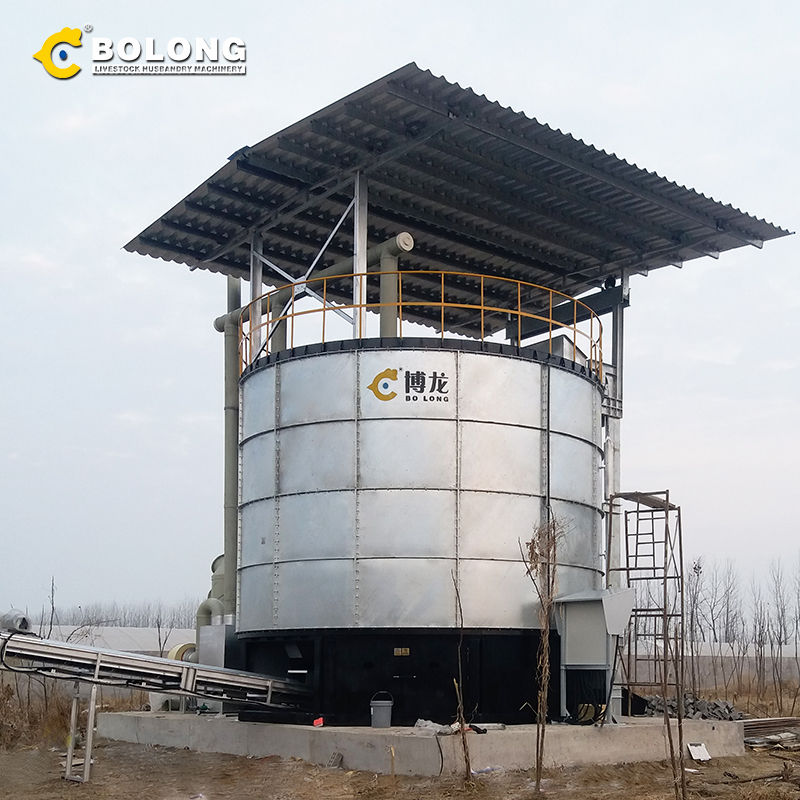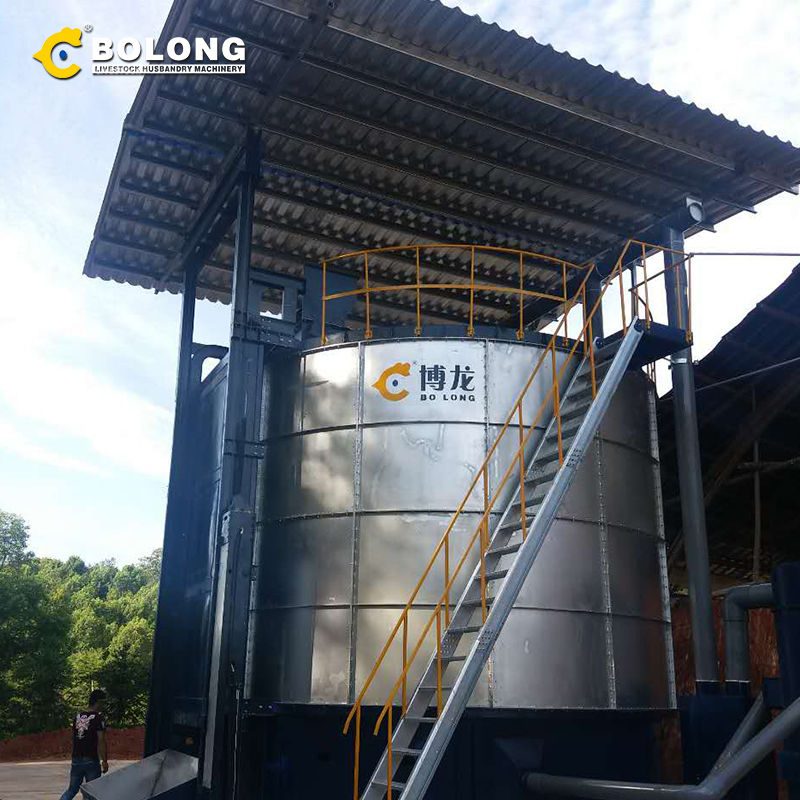With the continuous advancement of science and technology, commercial composting tanks are becoming more and more important in social life. They can convert organic waste into organic fertilizer, which is perfectly in line with the environmental protection concept of sustainable development. It is foreseeable that the market demand for commercial fermentation tanks will continue to rise. Let’s explore this technology in depth.

Commercial composting systems, in simple terms, are large machines that are very efficient in processing organic waste. They can turn organic materials such as agricultural waste, kitchen waste, and municipal sludge into high-quality fertilizers. It is usually a sealed container with stirring, ventilation and temperature control devices to ensure that the composting process is carried out in the best environment. It is worth mentioning that the high temperature generated during composting can kill bacteria and seeds, so the fertilizer made is safe and hygienic, and can also improve soil quality and increase nutrients. The application of commercial composting machines not only solves the problem of garbage disposal, but also recycles resources, which is of great benefit to environmental protection and sustainable agriculture. Now the world attaches great importance to environmental protection and green agriculture, and the demand for this kind of commercial compost tank is naturally increasing, becoming a bridge connecting environmental protection and agricultural production.
The following are some commonly used commercial compost tanks
In this tower-type composting device, waste is thrown in from the top and falls down layer by layer. It is sealed very tightly, and the lower it is, the higher the temperature. The garbage inside is stirred by the machine and happily undergoes aerobic decomposition, which can be turned into treasure in about 5 to 8 days. In order to ensure that each layer is well ventilated and the temperature is suitable, fans are usually used for forced ventilation.
This is a long drum, 20 to 35 meters long and about 2 to 3.5 meters in diameter. The things inside are lifted and then fall down, repeatedly in close contact with the air for fermentation. The drum rotates slowly at a speed of 3 turns per minute, which can ensure air circulation and discharge odor. This system can automatically load, convey and unload materials, and the processing time is about 2 to 5 days.
The silo type is basically a cylindrical or rectangular single-layer structure, about 4 to 5 meters deep, with a feed port and scraper at the top and a spiral discharger at the bottom. Air enters from the bottom, and composting materials are added from the top. After about 6 to 12 days of aerobic fermentation, mature compost comes out from the bottom. Some of these silos are static, and some are dynamic. The dynamic ones will use a rotating screw to stir to prevent the materials from being compacted.
We have introduced several different types of compost tanks. After comparison, the vertical composting vessel is more outstanding. It occupies less space, the tank body is closed, it is not restricted by region and climate, and it has strong adaptability and stability. In particular, the vertical composting tank produced by Bolong Company is highly recommended. Bolong adopts high-temperature aerobic fermentation, which can treat various organic wastes, such as livestock and poultry manure, kitchen waste, biogas residue and crop straw. The system integrates fully automatic control. It only needs to ensure that the moisture content of the waste is controlled below 70%. It can convert organic waste into organic fertilizer in an average of seven days. While maximizing the utilization of resources, it also protects the environment. It is worth mentioning that Bolong has 14 related intellectual property rights, and both technology and materials guarantee the high quality of the products. If you have this need, you can consider choosing Bolong’s vertical composting tank.
High temperature aerobic fermentation is an efficient organic solid waste treatment and resource utilization technology. It is generally carried out in a high temperature environment of 50℃ to 70℃, which can quickly mature the compost and effectively curb pollution.
This technology relies on the biological metabolism of aerobic microorganisms to convert organic matter into stable humus, and generates a lot of heat in the process, which raises the temperature of the pile to above 55℃. In this way, pathogens, parasite eggs and weed seeds can be killed efficiently. It can not only stabilize, harmlessly and reduce sludge, but also enhance the fertilizer effect of sludge, making it suitable for land use such as farmland and forest land.

1. Using composting machines can shorten the composting time and improve your production efficiency.
2. Using compost tanks can ensure that the fermentation process is carried out under optimal conditions while reducing odor and pollution to the environment.
3. The use of composting vessels is particularly suitable for occasions with limited land resources, and can handle a large amount of organic waste in a smaller space.
4. Using composting systems can convert waste into valuable organic fertilizer, realize the recycling of resources, and promote ecological balance and sustainable development.